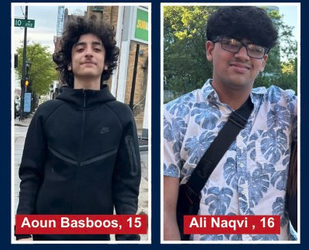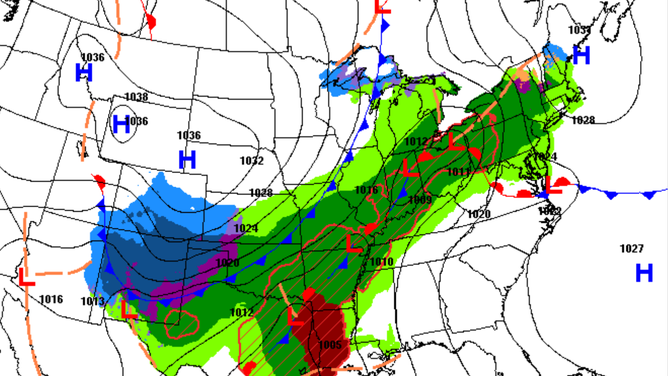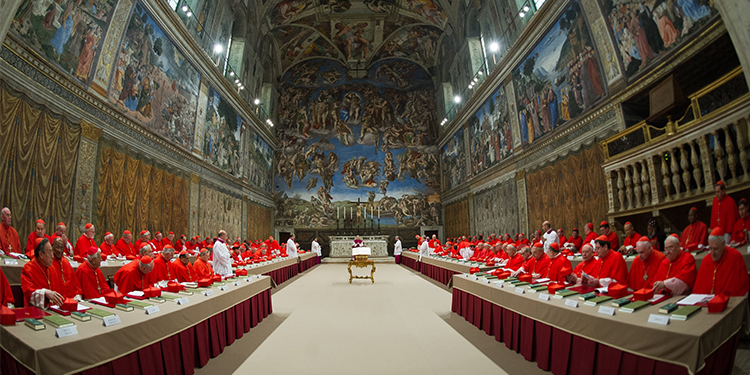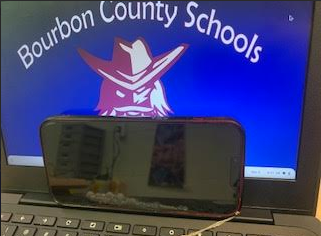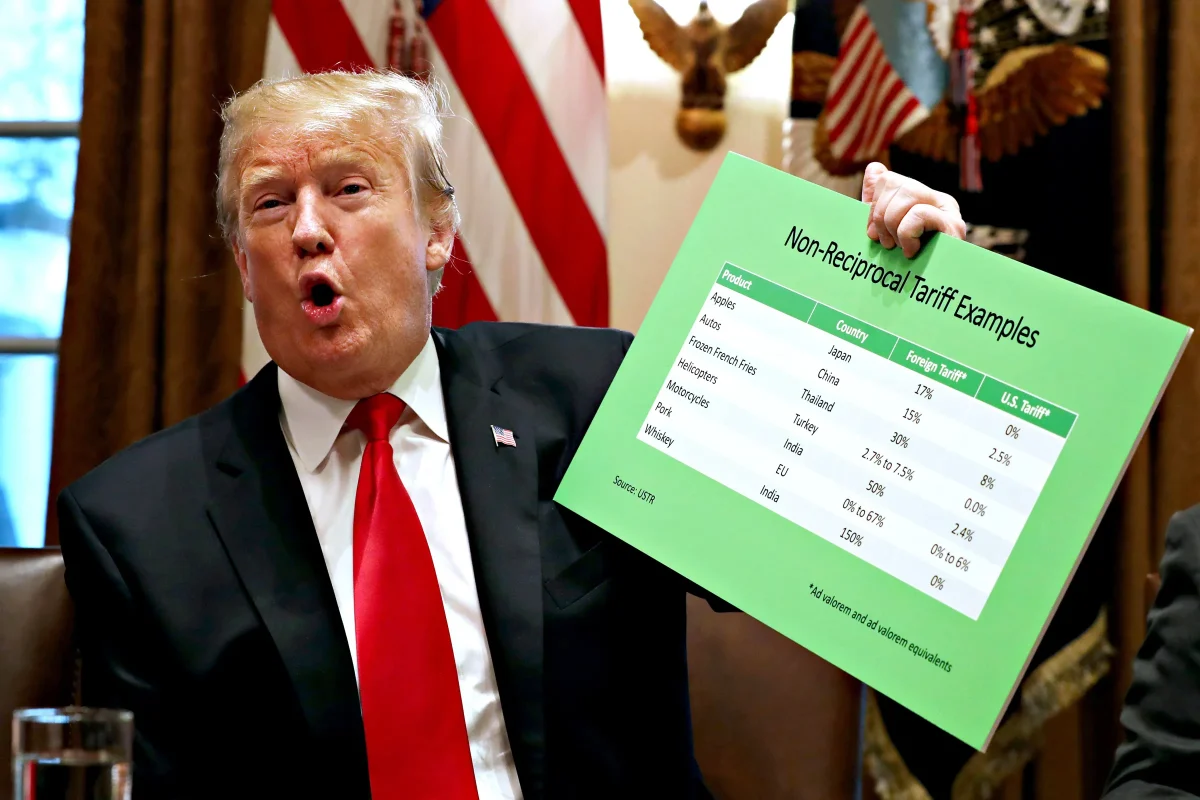
The Hawaii wildfires started on August 8th, when a downed power line caught the grass on fire. The first few moments of the Maui fires, high winds brought down power poles, hitting the dry grass. The wires had no metal insulation and could spark on contact. The fires began in a small brush fire just beyond the town’s eastern side in the early mornings of August 8th. Sources say that many of Maui’s utility poles were leaning and collapsed, causing it to become the deadliest in the U.S. in more than a century.
The fires struck hardest on the historic resort town of Lahaina, on Maui’s western peninsula, reducing most of the town to ash and ruins. More than 100 people died in Lahaina by smoke, flames, or by drowning. More than 3,000 structures were reported to be either damaged or destroyed. The island was experiencing a drought during the summer. About 17,000 acres of land is on fire and more than 106 people have died. There are still around 1,000 people missing since the fires have started.
An emergency declaration was signed on August 8th, 2023, authorizing several actions. By August 9th, the state government of Hawaii issued a state of emergency for the entire state. During the morning of August 9 the winds abated enough to allow firefighting crews, helicopters, and other resources to begin to make their way into Lahaina, where they found a grayed landscape of ruined buildings and burned-out vehicles. Officials reported that the Lahaina fire had been 80 percent contained by August 10 and that it had burned nearly 2,200 acres by August 14. The fires got so bad that people were running and jumping into the ocean to avoid the flames.
Officials are now trying to explain why sirens didn’t go off. Maui has one of the largest systems of outdoor warning sirens, which are designed to alert people of threatening events like hurricanes, tornadoes, and tsunamis. And while officials did broadcast alerts to mobile phones, and over radio and television programs, power and cell phone service was out in much of West Maui. The Red Cross is working with our partners to provide meals, disaster health and mental health services, and spiritual care to help families and individuals begin the recovery process. Since the fires began, more than 670 trained Red Cross disaster workers have deployed to Hawaii or helped virtually.


